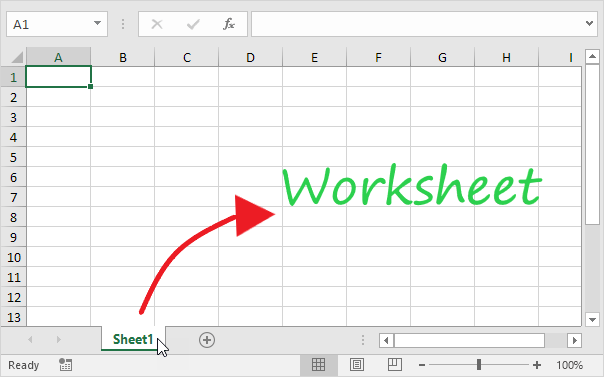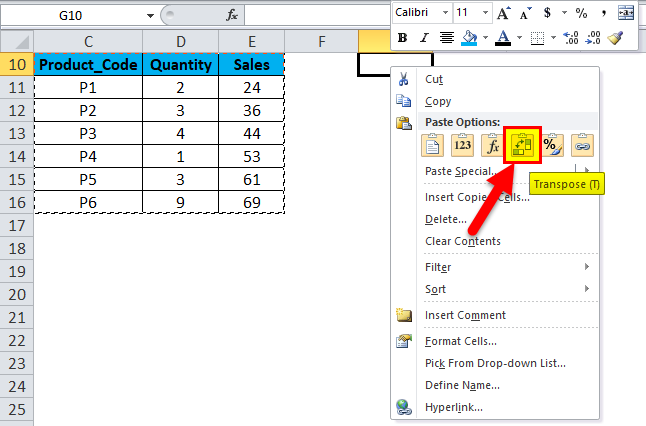

In the ROWS function, Array can be an array, an array formula, or a reference to a single contiguous group of cells. Lastly, when we provided the formula F1:F19, it counted the number of rows, which was 9, and returned the result accordingly. When we gave the cell reference B6, it returned the result of 1 as only one reference was given.

The function counted the number of rows and returned a numerical value as the result. We got the result as 11 as shown in the screenshot below: In the first reference, we used ROWS to get the number of columns from range B9:G19. The most basic formula used is =ROWS(rng). ROWS is useful if we wish to find out the number of rows in a range.

Let us see how the function works when we provide the following references: To understand the uses of the ROWS function, let us consider a few examples: Example 1 The function will give us a numerical value. Array (required argument) – This is the reference to a range of cells or array or array formula for which we want the number of rows.The ROWS function uses only one argument: In financial analysis, we can use ROWS if we wish to count the number of rows in a given range. Thus, the function, after receiving an Excel range, will return the number of rows that are contained within that range. The function is used to look up and provide the number of rows in each reference or array. The ROWS Function is an Excel Lookup/Reference Function.


 0 kommentar(er)
0 kommentar(er)
